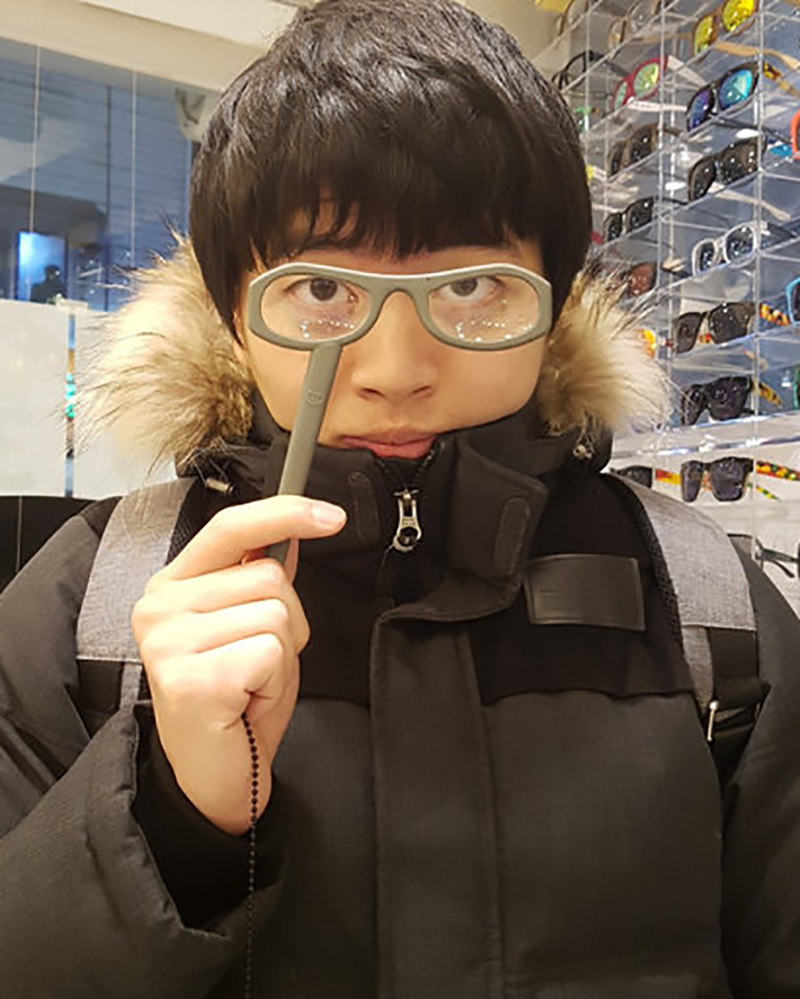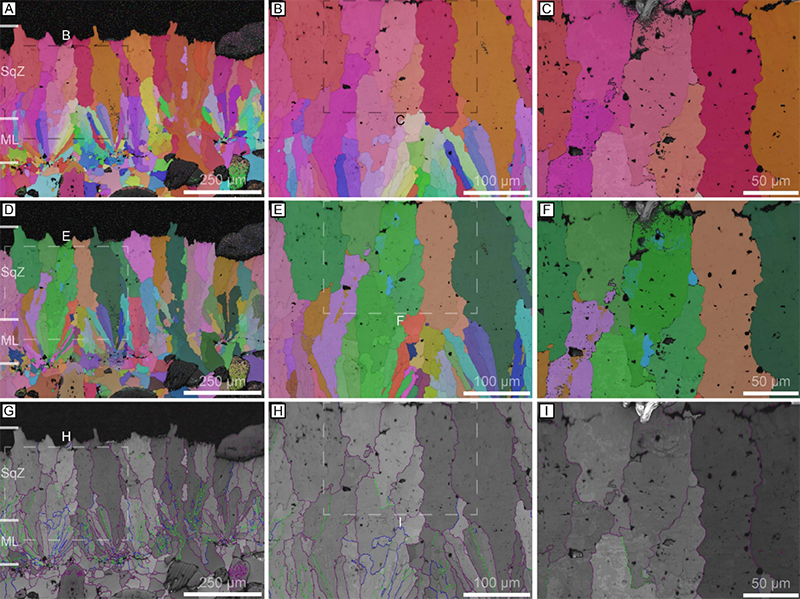Dr. Seung Choi

Name and Position:
Seung Choi
Postdoctoral Researcher,Department of Earth Sciences
What are your central research questions?
Because eggshells contain calcium carbonate biominerals, they can preserve morphologic, crystallographic, and chemical information. Thus, we paleontologists can use fossil eggshells to trace the reproductive biology of amniotes, or animals that lay shelled eggs. These amniotes can even date back to the Jurassic period. My research interests are focused on the evolutionary changes of crystals and microstructures in fossils and modern eggs, which can be best studied by using a scanning electron microscope (SEM) and its attachment electron backscatter diffraction (EBSD).
What motivates or inspires your research?
Reproductive biology is a fascinating field in biology because reproduction is a corridor to the next generation. Thus, there are many intriguing topics in egg research.
For example,
- Brooding parasitism which can be found in cowbirds and their hosts
- The eggshell-strength of diverse egg-layers and their relationship to contact incubation
- The origin of aragonite eggs found fromturtles
- The convergent evolution of hard-shelled eggs in lizards and archosaurs (birds and crocodiles).
Thus, thanks to endless unanswered scientific questions, a researcher can easily envisage a new study that can reveal the secrets of nature.
What is your academic background, and what professional development prepared you to do this research (i.e., what advice to young scientists who might be interested in pursuing this research as a career opportunity?)
When I was an undergrad student in South Korea, my major was earth science. However, I also paid special attention to biology, especially evolutionary biology. In addition, I was also interested in diverse analytical tools such as EBSD and Raman spectroscopy because these tools can provide unforeseen diverse data, which cannot be acquired by naked eye alone.
As famous paleontologists Stephen Jay Gould put it, “If genius has any common denominator, Iwouldpropose breadth of interest and the ability to construct fruitful analogies between fields.” I would like to say that interests to the diverse fields of science will be very helpful for one’s career. And the devices in ICAL obviously provide diverse methodological opportunities for a researcher’s career.

Inverse pole figure (IPF) Y,Euleand grain boundary (GB) maps of MongolianCretaceousegg Protoceratopsidovumsincerumwith increasing magnification. A–C, IPF Y maps. D–F, Euler maps. G–I, GB maps. Each kind of EBSD mapping show thepaleobiological features of fossil eggs. Note that Montana State University is one of the best places in the world to study diverse and high-quality egg fossils!
What are some of the key research findings,and what is their significance and application?
By using the EBSD, I found out that hard-shelled eggs of geckos and birds have completely different crystallography. It was strong evidence to say that those hard-shelled eggs were the outcomes of convergent evolution. This was important because there are many fossil eggshells in the Europe of which affinity was ambiguous, they could either be dinosaurs or geckos. From my herpetological findings, the enigmatic eggs in Cretaceous deposits in Europe turned out to be unequivocal dinosaureggshells.
What is the funding source for this research?
My former PI’s research grant.
